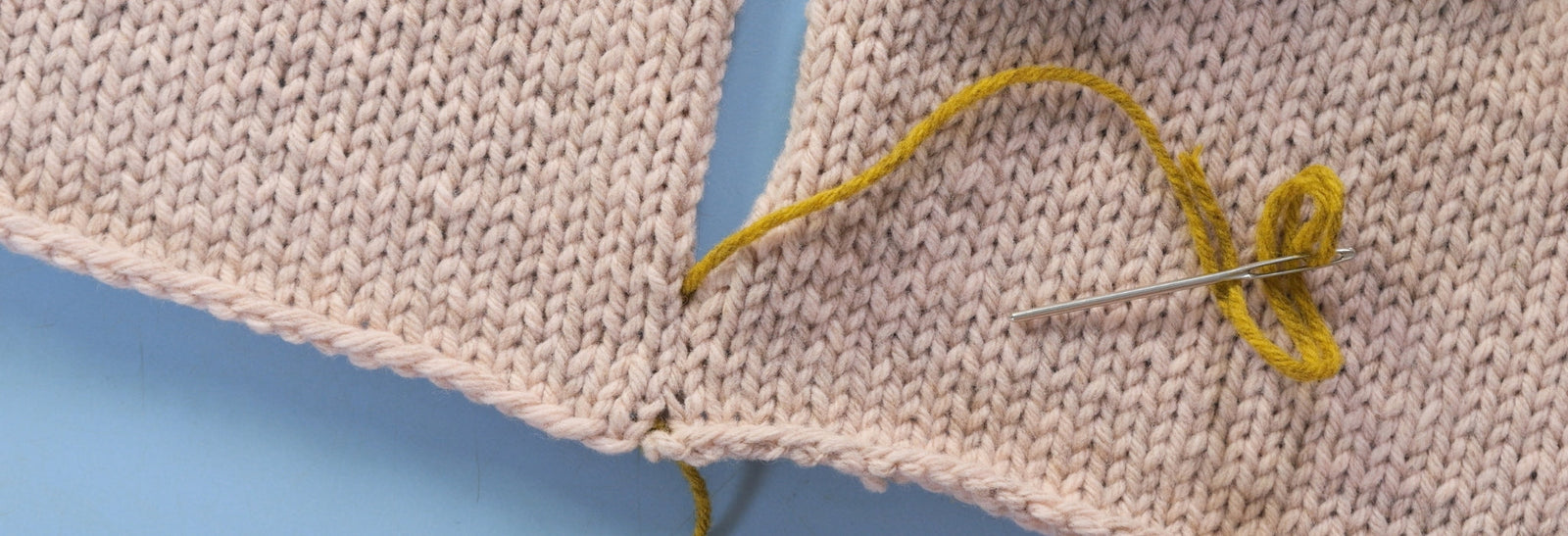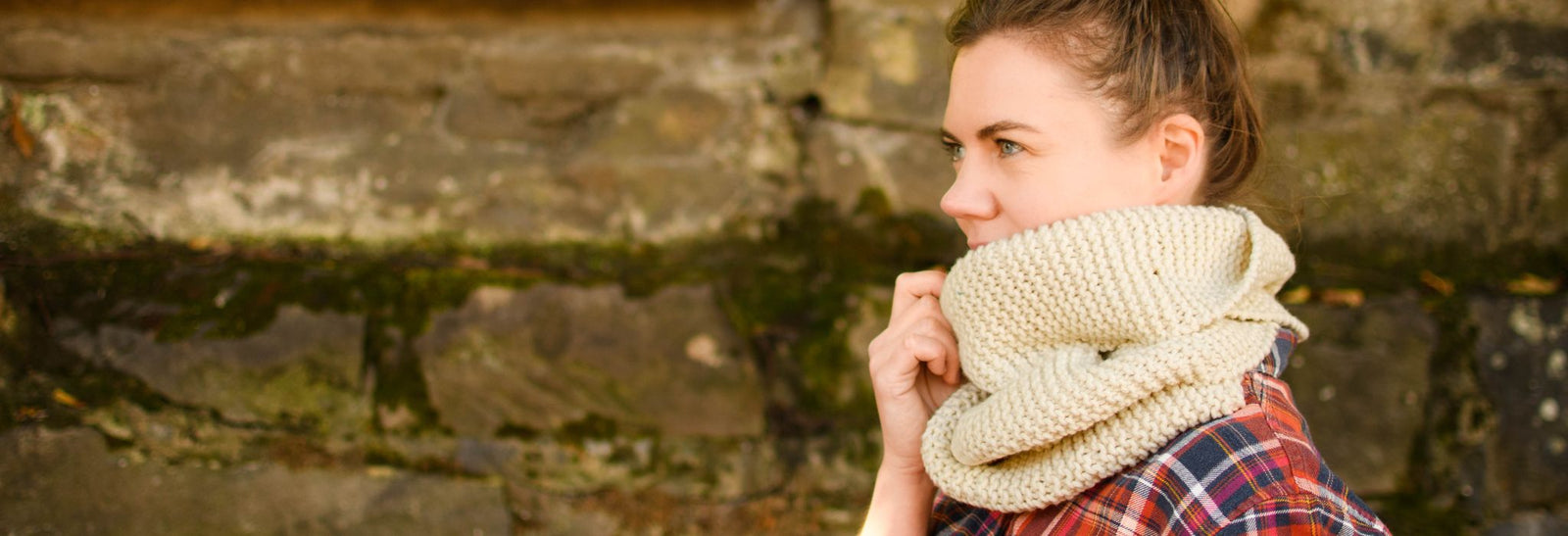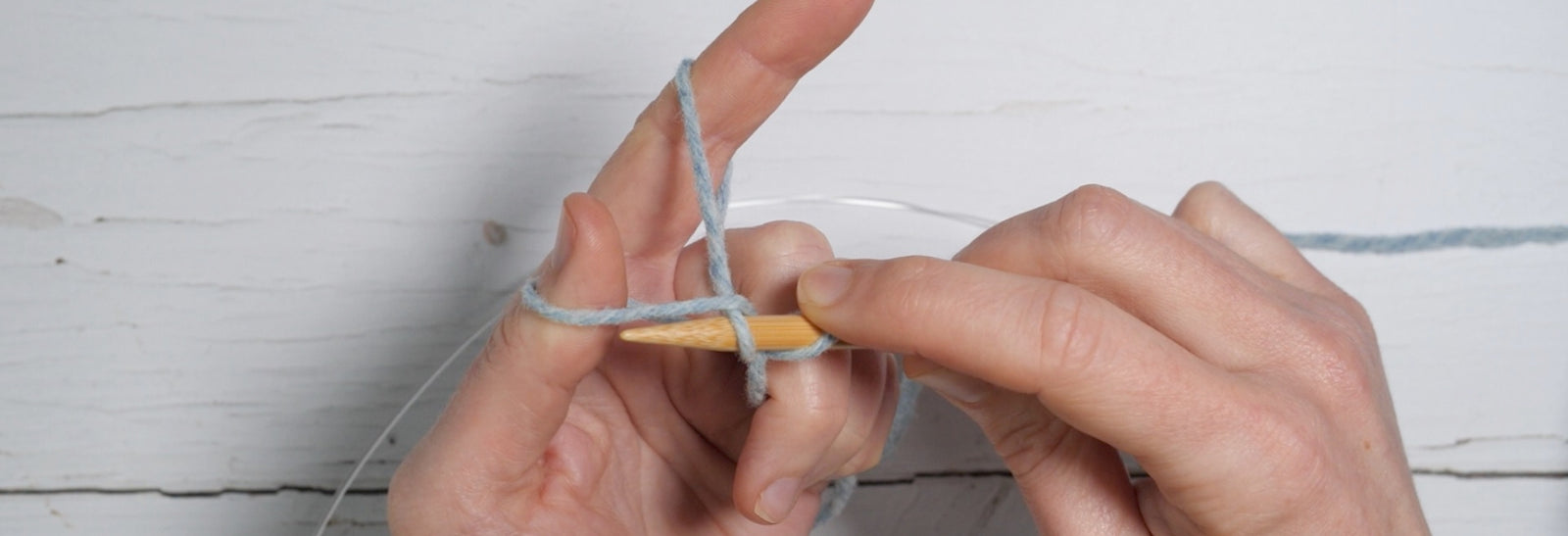Your Cart is Empty
Ysolda’s sizing chart for knitwear designers
February 01, 2017
Years ago I shared the sizing chart I used for calculating my garment patterns. It didn’t survive a website migration, and I’ve made adjustments over the years based on feedback from knitters. Finally, here’s the updated version.
My free women’s sizing chart in inches and centimetres.
It’s a google doc so you can use it as the basis of your sweater grading spreadsheets. The second sheet in the file gives explanations of where on the body each measurement is taken. They are all body measurements.
Essentially this is a compilation of sizing charts from a range of sources, including the ASTM standard charts for misses and plus-size women and several patternmaking manuals. It’s specifically intended for grading hand knitting patterns rather than sewn garments and follows knitting industry conventions (at the simplest level, for sewn garments it would be normal to grade sizes so that measurements of the smaller sizes are closer together than larger). I definitely do not recommend using this for purposes other than knitting patterns.
CYCA StandardsMany publications require designers to follow the sizing chartspublished by the Craft Yarn Council. These lack measurements and, I suspect, cause some confusion around shoulder widths and armhole depth. I’ve tried to make a chart that follows the sizes set up in that chart but with a wider range of measurements. When designing for other publications it’s always a good idea to double check whether there’s a specific sizing chart they’d like you to follow.
Lengths
You’ll notice that some lengths are consistent across the size range. This is because the sizing chart is based on women of the same average height across the size range. Whether larger bust sizes should also be proportionally taller is a matter of some debate, and you may wish to make slight adjustments to these measurements.
The length of the underarm to neck area *will* increase between sizes, some designers handle this by reducing the sleeve and body lengths as the sizes increase.
Personally I prefer to keep sleeve and body lengths close to the same across the size range allowing knitters to make adjustments as required for height independent of bust size. The exception is for very close fitting garments where a little extra length is required to follow the curves of the body in larger sizes.
Precision
You’ll notice that the difference between some of the smaller measurements is very small, and that the rounding is more accurate than you’d usually see in a knitting pattern. This is simply to reflect the distribution across the size ranges and isn’t an indication that the actual garment measurements are this accurate.
Metric conversions
The conversion between inches and metric are notaccurate. The conversion is intentionally done at 1″ = 2.5cm because knitting patterns usually give gauge over 4″ or 10cm. These measurements will reflect the measurements a knitter will get following the gauge directions for their chosen system. In practice we probably can’t expect a level of accuracy with gauge which would make a difference here!
Learning more about grading
I’m hoping to put together a tutorial, or maybe online class, on how I approach grading patterns in excel — if you have any specific things you’ve been wondering about please let me know. In the meantime you might want to check out Marnie Maclean’s tutorial. Or Faina Goberstein’s Craftsy class. I found the class a bit difficult to follow, like most Craftsy classes it’s very slow and it would have benefitted from screen sharing but you might find it a helpful introduction. Every designer has a slightly different approach to this so seeing how different people work is really valuable.
Also in Journal

Learn to Knit: Mattress Stitch
March 29, 2023
By following our step-by-step mattress stitch knitting tutorial, you'll learn how to make your seams look beautiful and how best to prepare your knitting so that when you seam it with mattress stitch, it goes smoothly on the first try.
Read More
How to Knit a Scarf: A Beginners Guide to Scarf Knitting
March 23, 2023
Want a quick and easy beginners tutorial on how to knit a scarf? This garter stitch scarf is easy to knit and requires just 3 skills; casting on, the knit stitch and casting off.
Read More
Learn to knit: the long tail cast-on
February 03, 2022
The long tail cast on is a great multi-purpose knitting cast on and the perfect place for beginner knitters to start. Learn how to work the long tail cast on and how to estimate the length of yarn needed with our clear step by step tutorial and video.
Read More Recent Articles
- Learn to Knit: Mattress Stitch March 29, 2023
- How to Knit a Scarf: A Beginners Guide to Scarf Knitting March 23, 2023
- Learn to knit: the long tail cast-on February 03, 2022
- How to Kitchener Stitch December 09, 2021
- Crochet Provisional Cast-on December 02, 2021
- Learn to knit: How to knit in the round with double pointed needles November 25, 2021
- Learn to knit: How to knit in the round using the magic loop technique November 25, 2021
- Learn to knit: How to knit in the round November 25, 2021
- Knitted Gift Ideas for you and your loved ones November 18, 2021
- Celebrating our Porty Hat Preview Knitters October 28, 2021
Free resources
-
KALS, step-by-step pattern guides and free patterns
Learn brioche with the free Daniel's Hat pattern
Tombreck - a free chevron beanie pattern
Working the brioche neck detail on the Polwarth sweater
Basics
Casting on
Decorative Channel Island Cast-on
Binding off
3 Easy Stretchy Bind-offs (p2tog bind-off; k2togtbl, k1 bind-off; Jeny's surprisingly stretchy bind-off)
Tubular Bind-off for brioche stitch
Increasing
Paired increase methods compared
Decreasing
Brioche stitch double decreases
Knitting in the round
How to Knit in the round using Magic Loop
How to Knit in the round using DPNs
Short rows
Swatching and gauge
Tips and tricks
Avoiding ears when binding off
Tighter purl stitches for neater cables and ribbing
Cabling without a cable needle
Reading knitting patterns
Understanding "continue in pattern"
Finishing
Garment knitting
Joining the body and sleeves on a seamless bottom up sweater
Sizing
Inclusive garment knitting
How to pick a garment without a model for you (specifically addresses finding garment patterns when your gender identity isn't represented and the styles you want to knit might not be sized to fit your body)
How does ease affect inclusive size ranges?
Specific stitch patterns
Lace
Identifying and fixing mistakes in lace knitting
Colourwork
Getting started with stranded colourwork
Understanding colour dominance
Working stranded colourwork over small circumferences
Decreases in stranded colourwork
Holding the yarn for stranded colourwork
Ladderback Jacquard (a neat way to deal with long floats)
Cables
Cabling without a cable needle
Cabling without a cable needle on the wrong side
How to knit cabled decreases
Closed ring cable increases and decreasesBrioche
How to work brioche stitch in the round
Other crafts
Cross stitch
How to begin your first large cross stitch project
How to finish a cross stitch project with an embroidery hoop frame
Mending

Sign up today
Find out the latest news from the studio such as sales, pattern releases, and new workshops or KALs our learning community, The Knitwork. We also share helpful tips and exclusive subscriber discounts...

